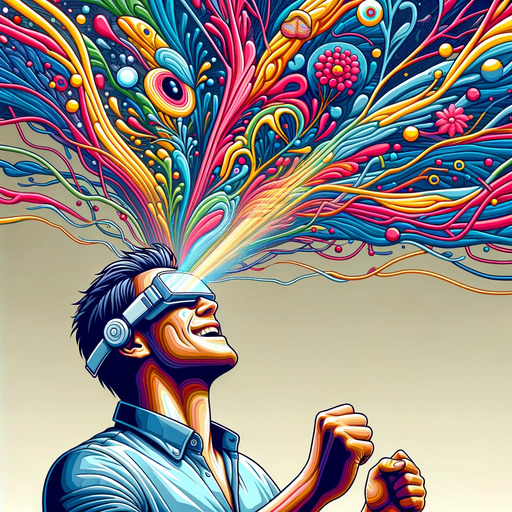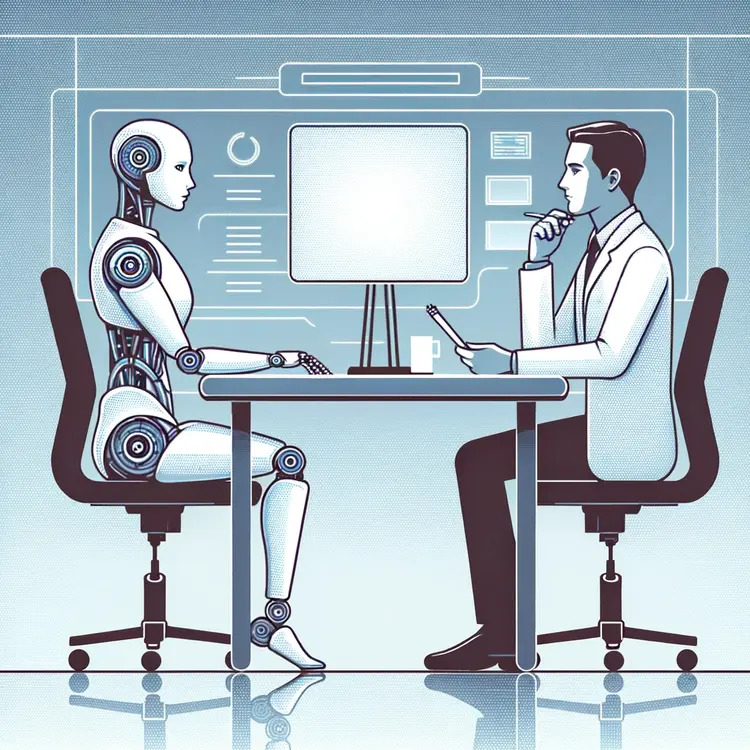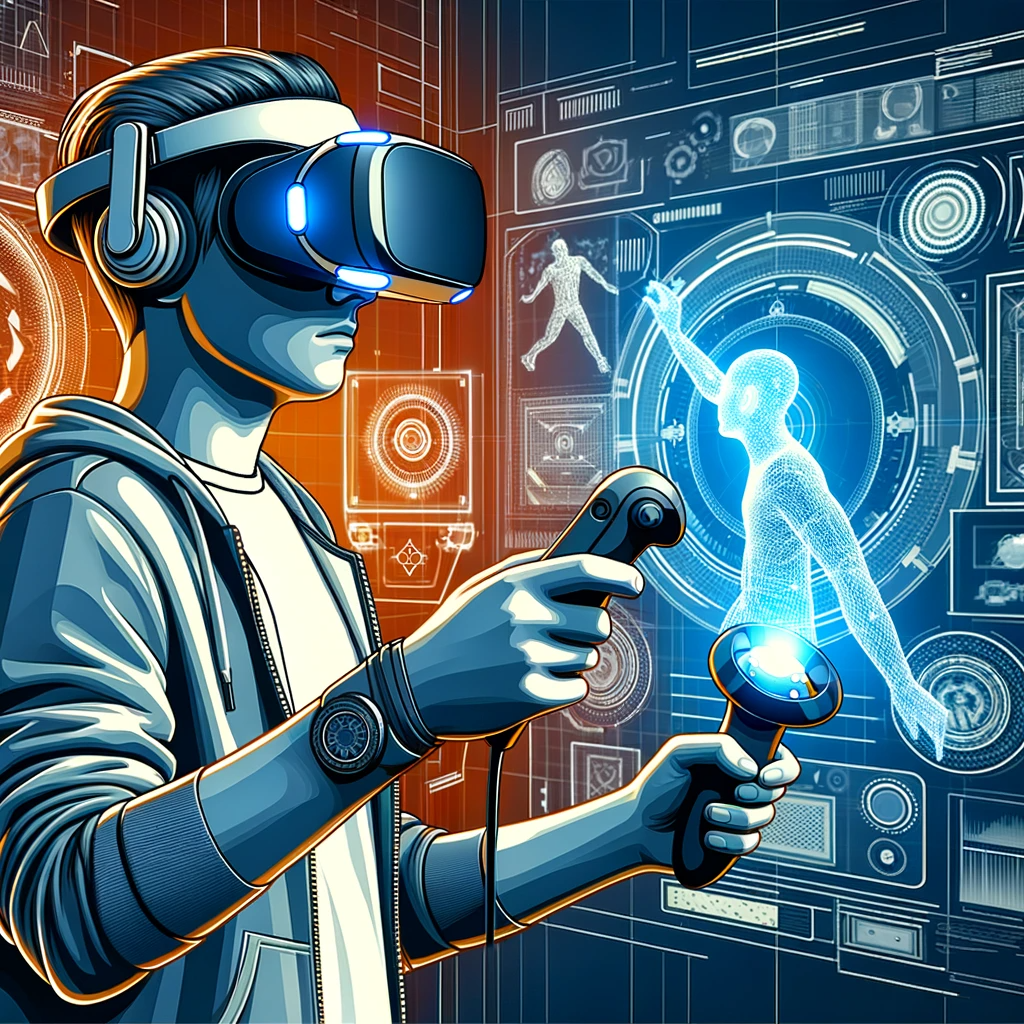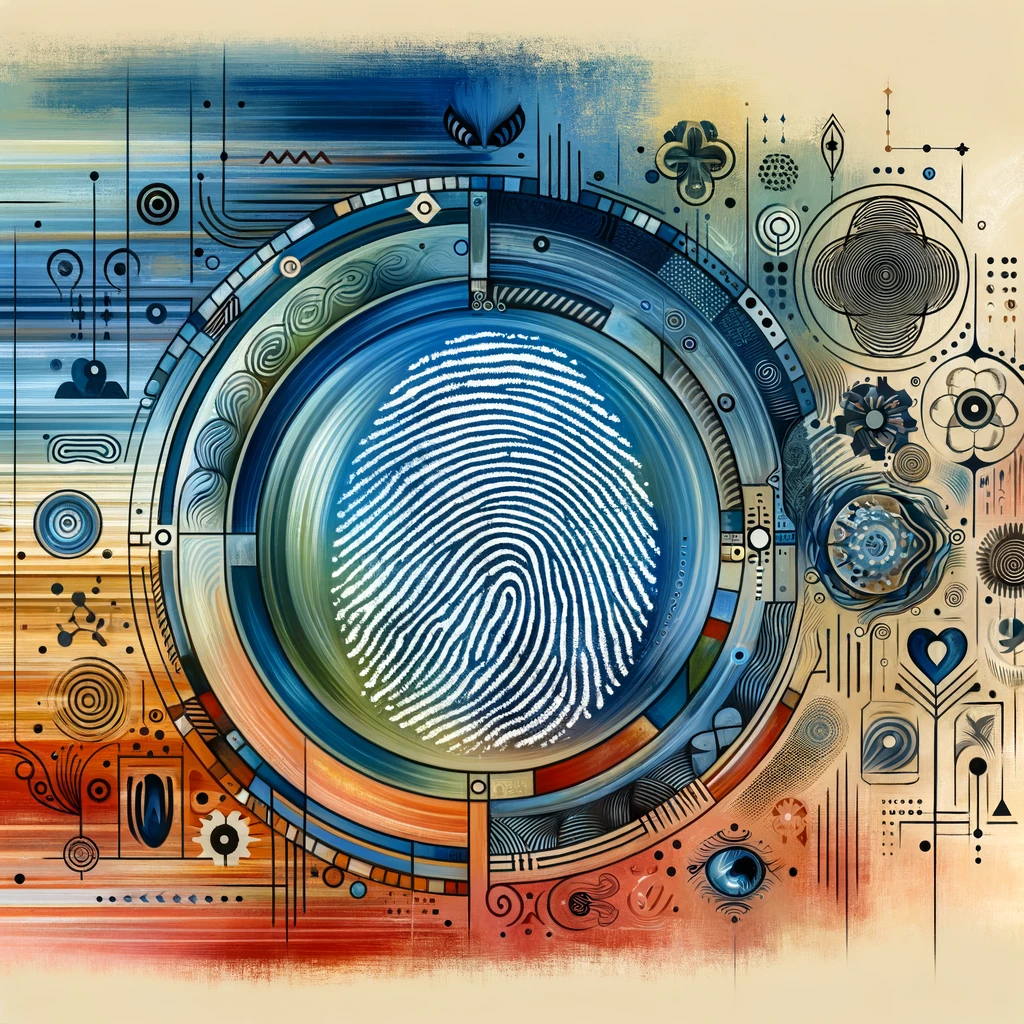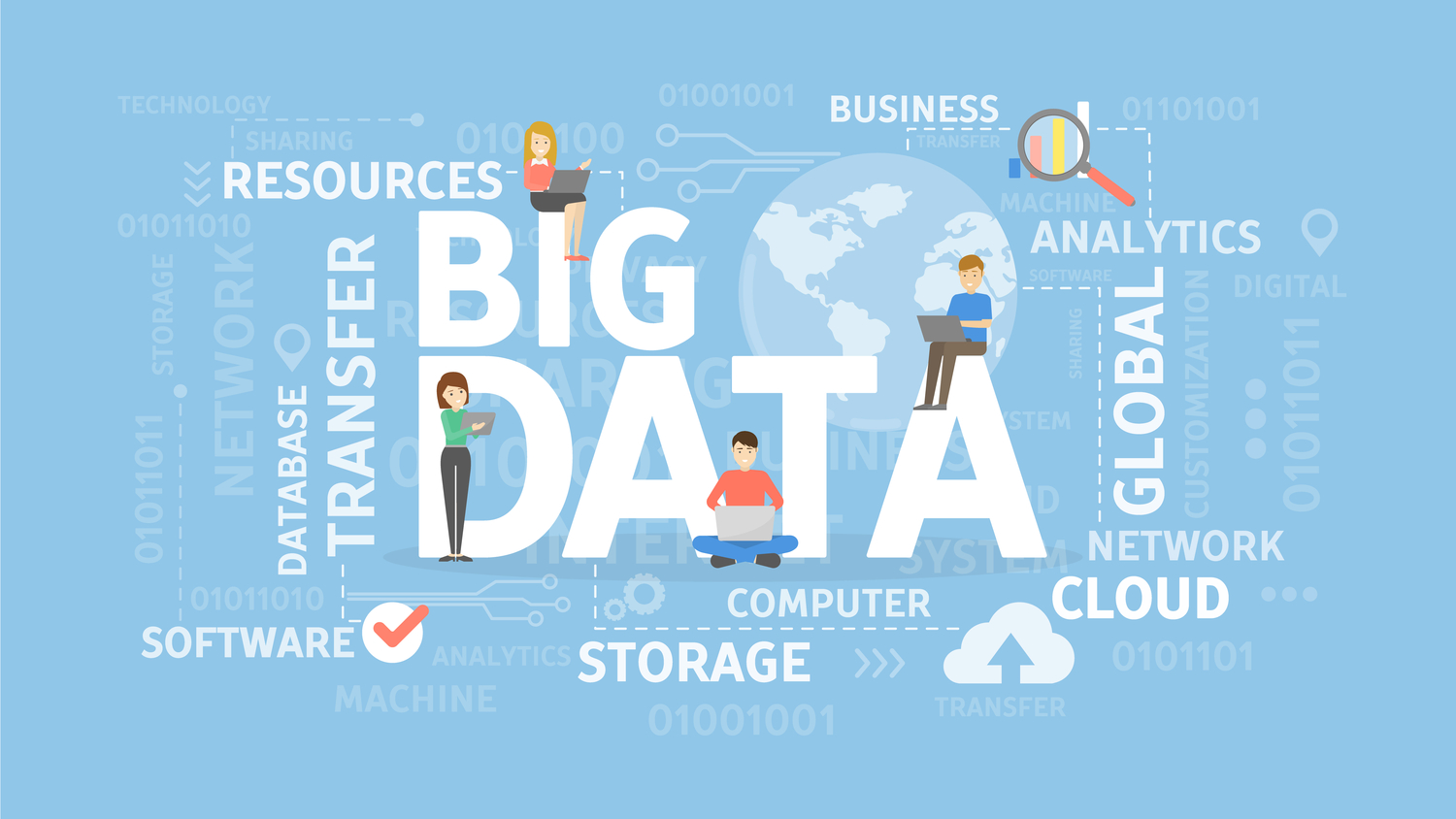Web 3.0 is a new era in data privacy where users have control over their data, unlike in Web 2.0 where data was centralized and used without transparency or user consent. Web 3.0 embraces decentralization and self-sovereign identity (SSI), enabling users to own and control their data and decide what to share and with whom. Decentralized networks make it nearly impossible for any single entity to control the data, and users can receive direct compensation for its value. Self-sovereign identity (SSI) enables users to securely store verified credentials and share them on a need-to-know basis, granting granular control over identity and minimizing the risk of data breaches. However, Web 3.0 faces challenges such as scalability, interoperability, and user adoption, and regulatory frameworks need adaptation to balance individual data control with societal interests. Collaboration among regulators, developers, and civil society is essential to navigate these challenges and ensure responsible innovation. The ethical evolution of Web 3.0 depends on establishing clear guidelines and best practices for data privacy and security, prioritizing individual rights while fostering innovation. Initiatives like Solid and the advocacy of privacy experts like Bruce Schneier can pave the way for a future where privacy and security are integral to the internet’s evolution.
Inclusive Innovation: BCIs Boost Accessibility
Brain-computer interfaces (BCIs) are transforming sensory perception, offering hope for people with impairments and pushing the boundaries of human experience. By directly linking the brain to external devices, BCIs can restore lost senses like vision and hearing, as well as enhance natural capabilities. These advancements not only empower individuals but also enrich society by promoting independence and social connection.
Despite their significant progress, BCIs face challenges in accessibility, affordability, and ethical considerations. However, the potential for creating entirely new sensory experiences is on the horizon. Integrating BCIs with sensory prosthetics could lead to groundbreaking advancements, allowing us to perceive the world in ways that were previously unimaginable.
However, these advances also raise ethical dilemmas surrounding privacy, identity, and social justice. Responsible development and equitable access are crucial to address these concerns and ensure that BCIs benefit humanity as a whole.
Ultimately, the journey of BCIs in sensory augmentation invites us to explore the essence of human perception and the possibilities of technology. With careful consideration and open dialogue, we can navigate this uncharted territory and unlock the transformative potential of BCIs while upholding ethical responsibility.
Artificial Authenticity: AI’s Turing Test Trajectory
Artificial intelligence (AI) has been attempting to pass the Turing Test for quite some time. The Turing Test is a standard for achieving human-like conversation. Despite significant progress in language processing, AI still struggles with comprehending context, emotional intelligence, and common sense. These are essential components of authentic human interaction. Bridging this gap requires innovative approaches in natural language processing and machine learning. It is important to consider ethical implications to ensure responsible AI development. This is crucial to prevent user deception, bias perpetuation, and malicious exploitation. As AI approaches human-like conversation, questions arise about granting AI rights or personhood. This necessitates international collaboration and open dialogue. Ultimately, coexisting with AI demands overcoming technical hurdles while embracing its potential to enhance our lives. Only then can we create AI systems capable of authentic, meaningful conversation. This will transform how we interact with machines.
Quantum Communication: Tackling Technical Trials, Triumphing in Security
Quantum communication is a technology that is transforming the way we share information. It provides unbreakable encryption and allows for instant transmission of data over any distance. This technology works by utilizing the entanglement of particles to ensure secure communication in fields such as finance, healthcare, and national security. Despite the technical challenges that still need to be addressed, the potential benefits for cybersecurity and privacy are immense. Therefore, responsible development and international cooperation are necessary to navigate this transformative technology and ensure a future of secure and interconnected communication.
Limitless Landscapes: AI-Driven Exploration with Robots
In the quest for exploration, AI-powered robots are our fearless pioneers, venturing into the harshest environments where humans can’t tread. Guided by artificial intelligence, they brave Martian craters, deep-sea trenches, and nuclear wastelands, unraveling mysteries and paving the way for groundbreaking discoveries. This synergy between AI and robotics isn’t just about automation; it’s a partnership, pushing the boundaries of exploration while ensuring safety and efficiency. As we continue to invest in innovation, the potential for discovery grows, promising a future where human ingenuity, amplified by artificial intelligence, unlocks the secrets of the universe.
Digital Dreamland: Discovering the Metaverse
The metaverse is a digital realm where VR, AR, and AI converge to create a platform for exploration, creativity, and social interaction. It was initially designed for gaming but has evolved into a versatile platform for economic exchange and cultural expression. However, privacy, data security, and digital divides are significant challenges that must be addressed to navigate this digital frontier responsibly. Our collective efforts to shape its future will be critical in ensuring that it becomes a vibrant display of human innovation, creativity, and inclusivity.
Multi-Factor Magic: Manoeuvring Through the Maze of Multimodal Authentication
In the digital age, security is a paramount concern, leading to a shift from traditional password-based systems to multimodal authentication. This approach layers multiple defense mechanisms, including biometric identifiers like fingerprints, iris scans, voice recognition, and behavioral biometrics, along with knowledge-based factors such as passwords. By integrating these diverse methods, multimodal authentication offers a more robust defense against sophisticated cyber-attacks, enhancing the security and trustworthiness of digital transactions. The evolution from passwords to advanced biometrics marks a significant advancement in authentication methods, addressing the challenges of technological integration, privacy concerns, and balancing security with convenience. This new paradigm in security holds promise for a more secure, efficient, and user-friendly future in digital authentication.
Rabbit AI at CES 2024: Shaping Tomorrow’s Tech Landscape
Rabbit AI promises a future sculpted by innovation. Imagine personalized education, accessible healthcare, and scientific breakthroughs forged in human-AI partnerships. But like any powerful tool, it comes with risks – job displacement, social inequalities, and the insidious creep of AI bias. The key lies in shaping the future, not fearing it. Robust ethical frameworks, user education, and open dialogue are the tools we wield to ensure AI serves humanity, not the other way around. Rabbit AI is not a harbinger of doom, but a sculptor of possibility. Let us wield it with wisdom, ensuring the dance between human and machine plays in harmony, for the benefit of all.
From Commands to Companions: The Rise of Virtual Assistants
Voice technology is reshaping the landscape of human-computer interaction, with virtual assistants like Siri, Alexa, and Google Assistant playing an integral role in our daily lives. This evolution, fueled by speech recognition, natural language processing, and AI, offers unprecedented convenience but comes with challenges. Privacy concerns arise as these virtual assistants continuously collect and analyze voice data, raising ethical considerations regarding algorithmic biases. Striking a balance between efficiency and the need for human connection requires transparent operations, robust security measures, and responsible AI development. As we embrace this paradigm shift, technological advancements, critical dialogue, and ethical considerations are essential for a transformative, voice-driven future that positively shapes our lives.
Bias in Big Data: Navigating Algorithmic Fairness and Equity
Algorithms, integral to today’s data-driven world, can inadvertently perpetuate biases, impacting areas like loan approvals and facial recognition systems, leading to societal inequalities. These biases stem from data collection methodologies, algorithm design, and human decision-making, reflecting incomplete or biased information. Unconscious human biases also seep into algorithm crafting, underscoring the importance of diverse development teams to counteract this effect.
Diverse and inclusive datasets are crucial to address bias in big data analytics. Fairness-aware algorithms and continuous monitoring using fairness metrics help counteract biases. Transparency and explainability in AI systems are essential for identifying and removing biases.
Responsible AI implementation requires ethical frameworks, public awareness, and ongoing research to mitigate bias. It’s imperative to prioritize fairness and equity in the digital realm, ensuring AI contributes to a just and equitable future for all.

